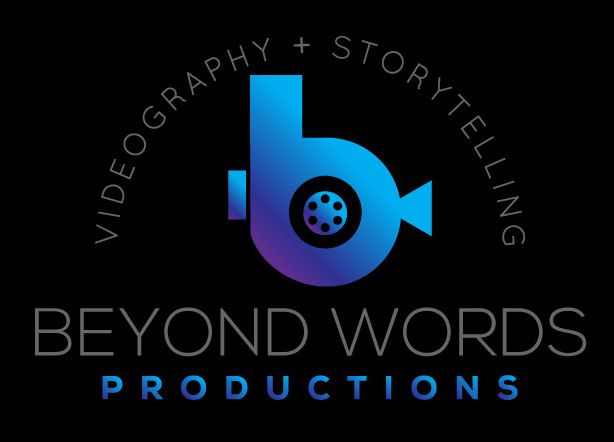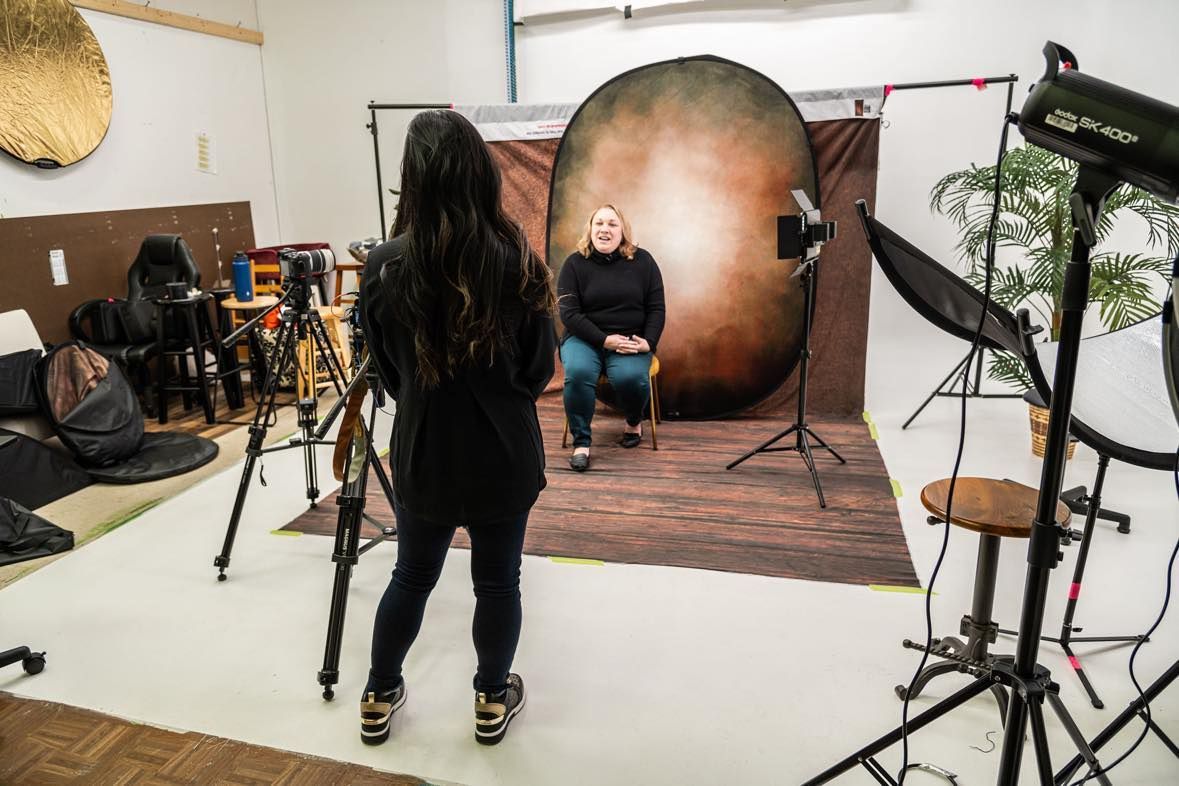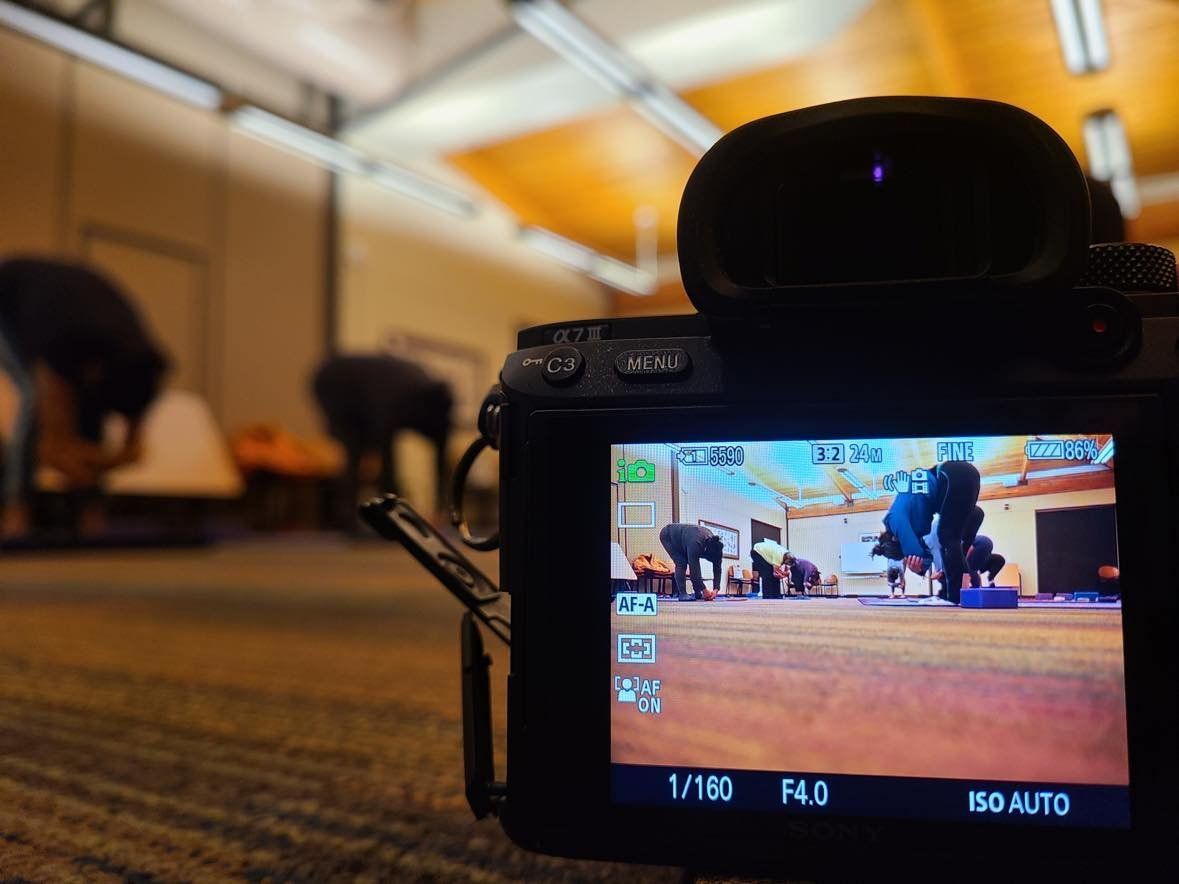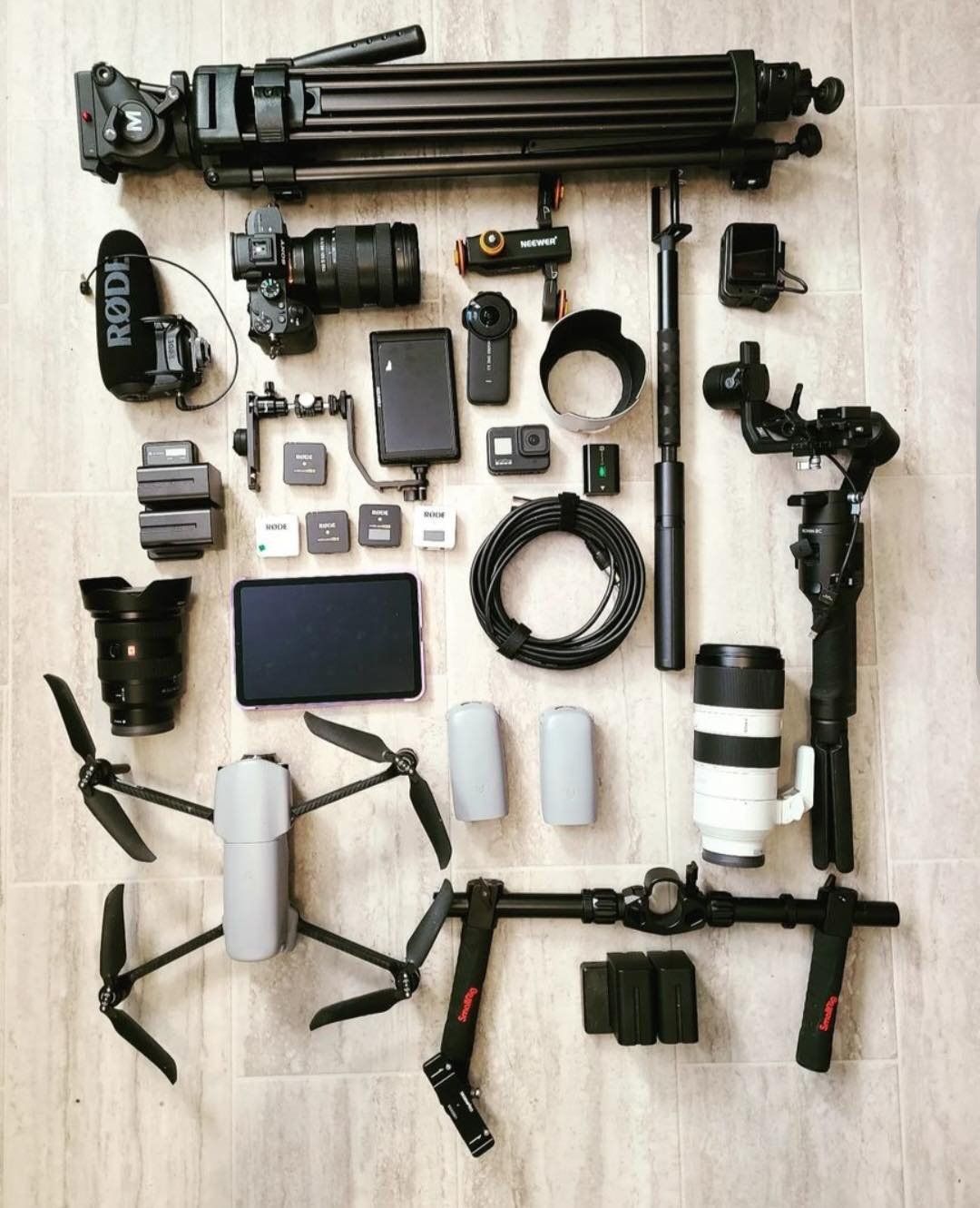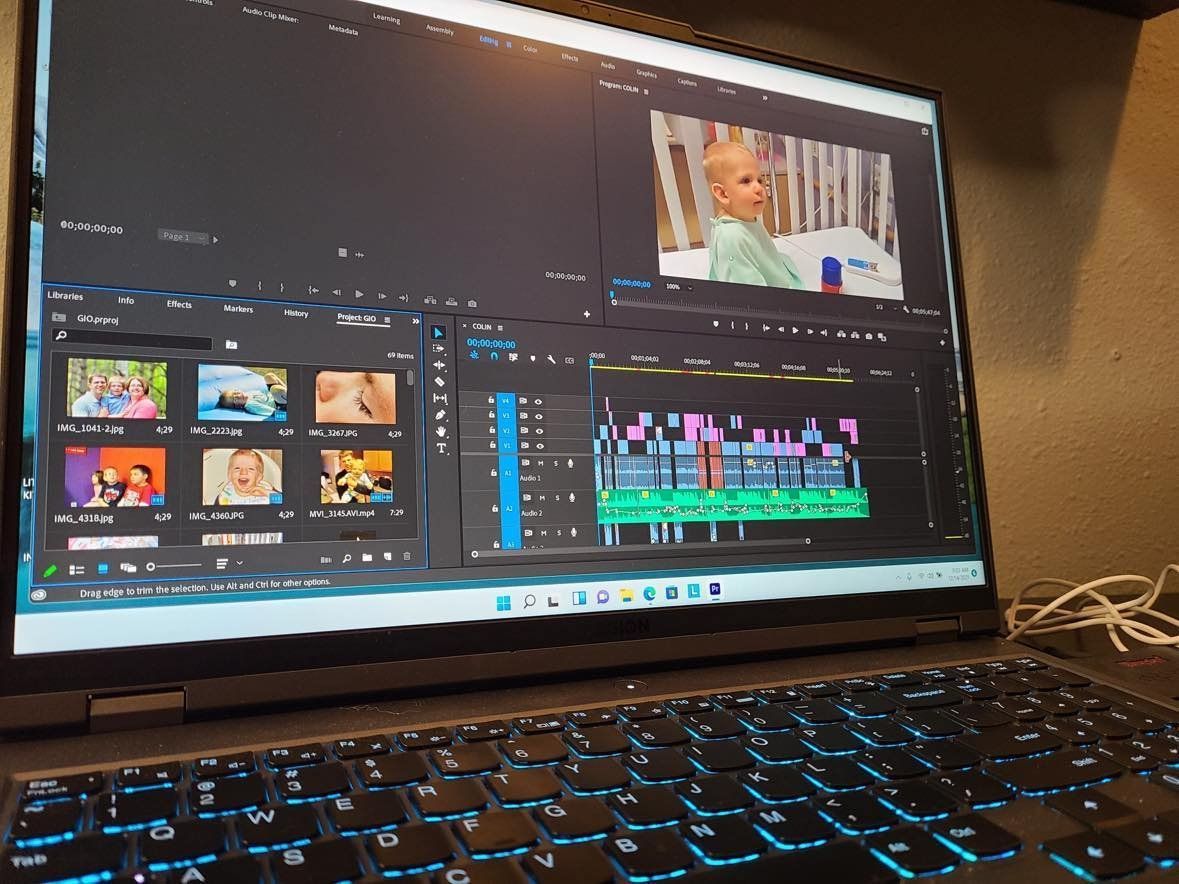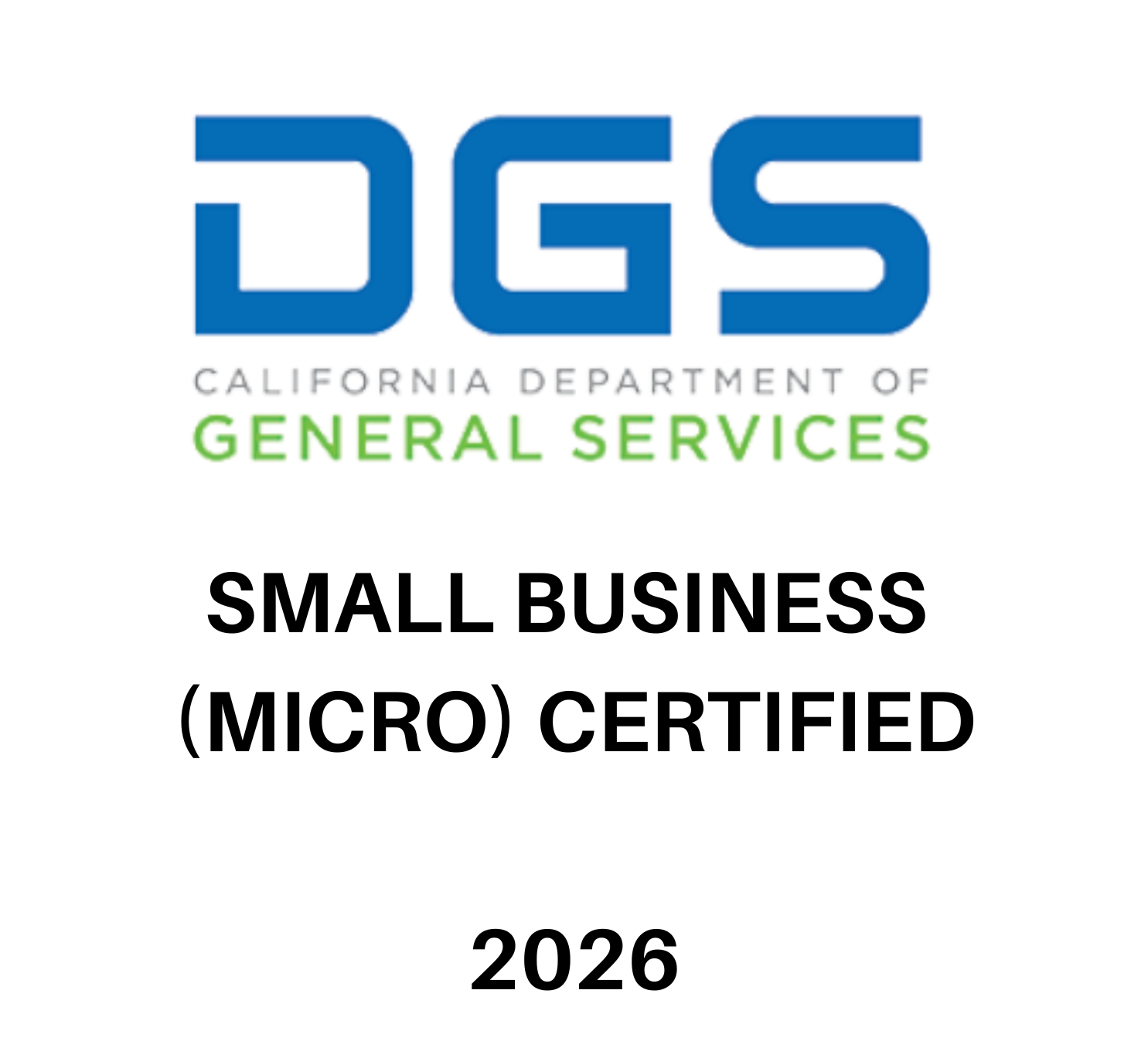Your Guide to Video Storytelling Success

When it comes to video production, a major part of the art happens during the editing process. A good editor can take bad footage and still make a decent story out of it. But a bad editor cannot take great footage and make a great story out of it. You should be able to be decent at both -- but if your footage isn't the greatest, a good edit can still save you. Here are some key elements to thoroughly consider when editing your videos to ensure the final product is as great as it can be: 1) Music selection: Music will drive the narrative and set the tone for whatever emotion you want your audience to feel. The music needs to compliment the video. In many music libraries online you can narrow down the search results by putting in filters like instruments, mood, beats per second, etc. If you have a promo video that you want people to be excited about, for example, use music that is quick paced, has a hard bass, etc. 2) A-roll: These are your interviews -- the driving sound that will literally narrate the video. The first ten seconds are super important. That's your hook. It's what captures the audience's attention. Once you start bringing the viewer into the middle of the narrative, stakes are high so it's important to choose soundbites that reveal more layers to the story to keep their attention on the story. One of the biggest challenges editors face is deciding what stays and what goes. When you have so much good sound, it's hard to decide. A bit of advice here is to step away from the project for a day and come back and watch it with fresh eyes and ears. Then decide-- what sound would move me the most if this were my first time watching it? What sound advances the story and does the best job of driving home the message? And then lastly -- how do you want your story to end? Choosing that final soundbite is important because that's the overall feeling that your audience will walk away with. If you are moved by the sounds you choose -- chances are your audience will be too. 3) B-Roll: These are your visuals. Anything that is not an interview shot that helps move the story. It's great to use the phrase "say dog, see dog" when choosing your b-roll. If the soundbite talks about walking on a beach looking at the sunset, choose footage that shows that. One of the other challenging parts during the editing process is you could have an amazing shot of something--- but if the soundbite that talks about that didn't make it into the final cut of the story, then you also have to cut that beautiful shot you were super proud of if it doesn't move the story forward. But this can always be used in a separate standalone cut to promote the video on social media. 4) Practice: All of these things take time to master. Even when you've been at it for years, it's still a continuous learning process because every story is different. Find the moments that move you and the shots that ignite some sort of emotion in you. Cut different versions until you find the right one. And have fun with it when all is said and done!

Mastering the art of storytelling takes years of practice. You can buy all the top-tier equipment in the world and still struggle with telling a good story. Because while the nice cameras can make a good visual, no amount of equipment in the world can produce a good soundbite. Only the person behind the camera can do that. If you are someone who has been creating videos or sharing stories and wonder why your videos just don't hit you in the feels the way you want them to, it's time to do some self-reflection and ask yourself how good the interview questions were that you came up with. Because your interviewee is a direct reflection of the interviewer . We see so many people pay thousands of dollars for incredibly cinematic video... but the message just isn't there. It fell flat and now you've just spent all this money for a video that ultimately won't work the way you wanted it to. If you are running an organization and are about to sit down for a video interview, I would want to know that the person behind the camera was a good interviewer and knew how to calm my nerves, knew how to ask the right questions to make me really think about my WHY, and could pull emotion out of me that I'm not used to sharing. We've put together several tips about how to approach an interview, from the way you enter the room, to the questions you ask when the lights and camera are rolling: If the tone of your story is raw, emotional and authentic, enter the room this way. Have conversations with your interviewees as you're setting up your gear to talk about soft, heartwarming topics. Maybe even share something vulnerable about yourself so break down that wall we tend to put up around others. Show them that it's okay to not always put your best self forward. That we are all human and life happens. This helps them not only feel comfortable with you before the camera starts recording, but allows them to open up during the actual interview. If you enter the room with a serious demeanor or frazzled because you're running late, you're bringing that energy onto the set and your interview will be reflective of that. Ask better questions if you want better answers. For example: If you ask someone if they like the sunset-- that's a yes or no answer you're going to get. But if you ask them," Tell me through the use of colors what you love about the sunset and paint a picture so I can imagine what you're seeing -- that is a prompt that encourages them to share a memory, an emotion, a sensory experience that invites a much richer soundbite. Stay away from yes or no questions. Those will not help you the editing process. Talk from the heart, not from a script. If you're sticking to a pre-planned script -- that's all you're going to get. But if you go into an interview and just have an authentic conversation driven by curiosity and natural chatter, you're more likely to get sound that you didn't even anticipate. Let the curiosity of the moment drive the conversation instead of bringing a piece of paper that has a list of questions to get through. Be curious and go off script if you MUST have one. When you are genuinely curious about someone's life and you approach it in a caring way, they want to share their story. They want to feel seen, they want to feel heard and not judged. No one likes to keep things inside. And keeping things inside is not good for us. We need connection, we need people and we need people who care. Embrace silence. This is such an important skill to master. Most of the time when we are talking to someone, we interject with "Yea" "Uh huh" "Absolutely" and so on. When you are recording an interview on camera, it's important for the interviewer to stay completely silent after they've asked their question. It's hard to edit out your interjections so you want to make sure your voice cannot be heard during their answer. A simple head nod to address that you're listening will suffice. And after your interviewee has finished their sentence, don't start talking immediately. Give it a few seconds of silence. We do this for two reasons: it helps during the editing process to have some padding to work with in case we need to dissolve or add a transition between clips, and it opens up an opportunity for the interviewee to say more... and oftentimes, that "more" can turn into a really powerful soundbite that you weren't expecting to get simply because they wanted to fill that silence. These aren't just good tips to use during interviews -- these are good tips to help you have a more rich and meaningful connection with others in real life!

Most of the time when nonprofit organizations are sharing stories, we are hearing from staff members, the founder and clients. All of these are perfectly fine stories to tell... but what about sharing the donor stories? When a nonprofit has regular donors, there's probably a story behind WHY they believe in your cause so much. There's a heartfelt element to why out of all the nonprofits they could donate to -- why do they choose YOURS to give to time and time again? They most likely relate to your mission. They believe what you believe about a problem that needs to be addressed and they wanted to be part of the solution. Maybe they went through a traumatic situation that your organization is helping people solve. Get to know your donors. Be curious. They're just as much a part of your organization as your staff and clientele. By sharing their stories, they not only feel more involved in an organization they already care so deeply about, but it also could be a great way to attract MORE donors who can relate to their story. Donors give because of stories -- their gifts don't come from coercion; they come from emotion, a desire to connect. It opens up a relationship and this is how wallets open and lives are transformed. People want to know they belong to something and that they're making a difference. It feels good for anyone to know they're needed, wanted and appreciated. Show them the impact of their gift through storytelling. Don't just focus on them when you need something from them. Engage them. Make them part of the organization's journey. To help get you started, here are a couple questions that could ignite some great soundbites when interviewing your donors: What happened in your life that makes you so compelled to support our cause? Why is this need so important to address? With these questions, you're not only asking them to address the need that your organization is addressing, but you're still focusing on THEIR story. By bringing them along this journey and asking these questions, it helps remind them why they give monetary gifts to you. And their story and their reasons could encourage others to do the same. BE CURIOUS. THESE ARE THE TYPES OF STORIES THAT ARE NEVER TOLD BECAUSE WE NEVER ASK . By being curious, sharing THEIR story, you're showing them you not only care about them helping your cause, but you care about them as people. And who doesn't like to share their story with someone who is truly interested?

We see this time and time again... organizations wanting to tell an emotive story through video and then being disappointed that the final product wasn't as heart-tugging as they'd hoped. This mainly happens for three reasons: 1. Controlling the narrative. There are too many cooks in the kitchen. Organizations want to include everyone in the conversation and then there's too many opinions on what should be included in the video, who should be included, what should be shown, etc. This convolutes the message and becomes a jamboree of information and takes away from the natural flow of what the true story should be. 2. Trying to fit everything into one video. Organizations often don't think about what it truly means to tell a story. It's not talking about all the facts and features of the organizations, the different types of programs, showing the building, etc. We don't need to know everything about you. We KNOW you're doing incredible work, but we can read the facts and figures through the caption or text on your website. What we want to see and feel is the stories and emotions that accompany what you do. Which brings us to the next point... 3. Focusing on the features rather than the people. While it's great to inform people of the logistics of your organization -- those things are often not unique and they don't really retain people's attention. What does accomplish these two things, however, is gripping people by the heartstrings by focusing on one or two people's stories to show the audience the impact you make. It's not about telling me all the generalities of your organization. We really need to hyperfocus on ONE story that embodies the difference you make in people's lives. Remember what a story truly is. It has characters, it follows a journey, it presents a problem, a solution, has layers, and evokes emotion. If your videos are mostly just a summary of what you do as an organization, then you haven't really told a story. You've told me WHAT your organization does. The true heartfelt stories are always found in the WHY.

Storytelling is so important for any organization to engage in, but for nonprofits in particular, sharing stories is what will open up hearts, minds and wallets so they can continue providing their much needed services. Fundraising takes time. So while nonprofits are on that timeline, there's a certain order in which stories can be shared that will help optimize fundraising dollars: WHILE YOU'RE FUNDRAISING : Tell the incomplete story. This is featuring someone who is currently seeking services from your organization and still needs help. When you tell the story of someone who has already completed their journey or isn't in as great or immediate of a need, donors might think, "Well this person's been taken care of so they don't need my help." If you tell the story of someone currently in need and highlight some of the challenges they face, this creates more of a sense of urgency. AFTER YOU'VE REACHED YOUR FUNDRAISING GOAL : Now, you can tell that complete story. Do a follow up with the person whose incomplete story you told and provide an update. Send it out in a newsletter. Keep your donors informed on how their donation dollars helped change this person's life, the problems they helped solve, the impact they made, and how consistent donations will help more people in the future. You can also just tell different stories entirely in this phase and talk about how fundraising efforts like the one you just held, help hundreds of people like the ones you're highlighting in the stories you've shared. BONUS: GETTING MORE DONORS OR GETTING YOUR CURRENT DONORS MORE INVOLVED: Why should people donate to your organization out of the thousands of others who also need financial support? When you can share your DONOR'S stories, other people may hear their stories and be able to relate to their "why". There are three different styles of videos you can refer to to get ideas on how you incorporate donor storytelling: 1) This video was sent out to donors for a nonprofit based in Madison, WI called Little John's Kitchens. This nonprofit works with food insecurity, providing meals at a pay-what-you-can option and utilizes other low cost models for people to have access to chef-quality meals who may not know where their next meal is coming from. The video was created AFTER receiving donations during a campaign to show donors what their donations helped the organization achieve: https://www.youtube.com/watch?v=xV8tQCKTL-E 2) This video featured loyal donors of the same organization about WHY they continue to give to Little John's Kitchens. When you make your donors part of the journey, instead of just asking them for funds when you need help, you build loyalty and they feel like they belong to something bigger than themselves: https://www.youtube.com/watch?v=2DVfbtzBIwM 3) And finally, this video thanks the donors specifically. Don't just converse with your donors when you need money from them. Tell them how much and why you appreciate them: https://www.youtube.com/watch?v=1NPd_MM-MOk
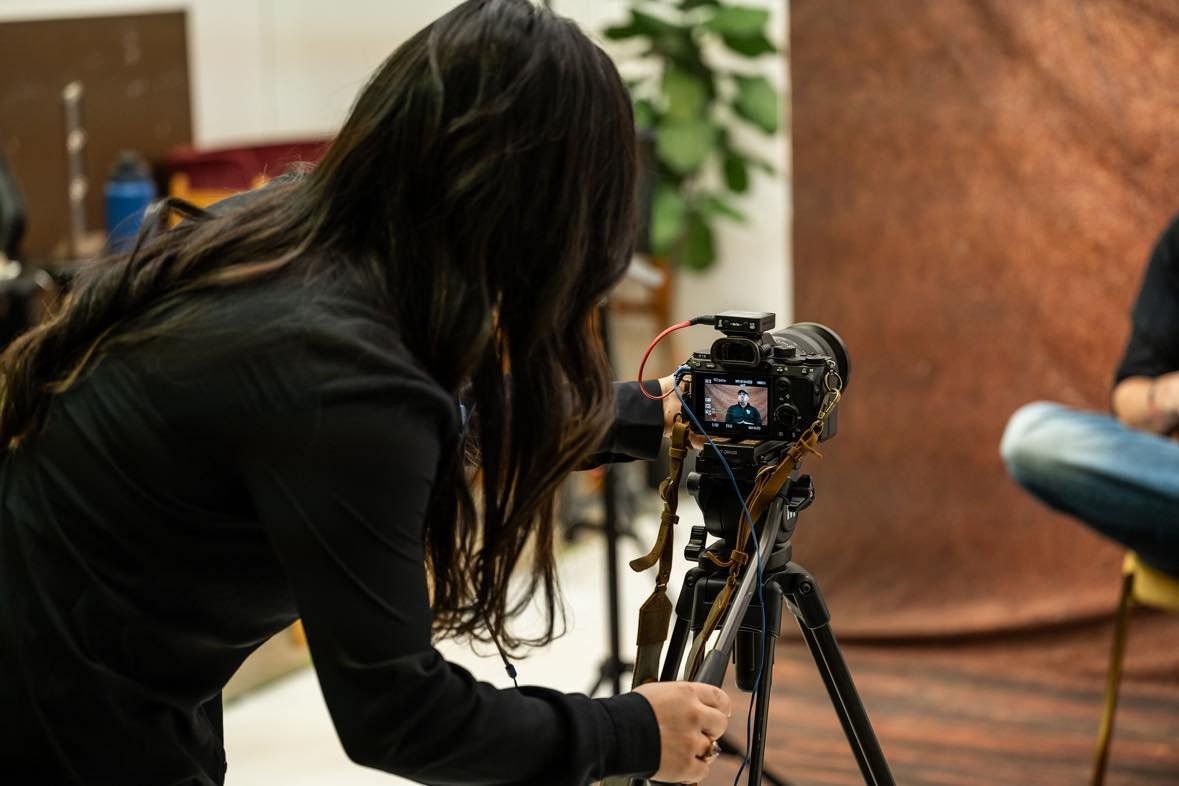
As video becomes more and more popular, it’s time for more businesses get
on board with video marketing. We’ll break down a report done by Wyzowl and
explain their findings of how businesses view video marketing, how
consumers respond to it, and the benefits it had on the businesses who
utilized it.
